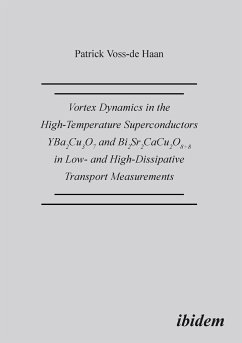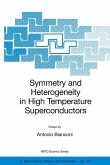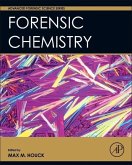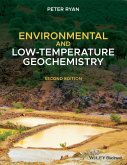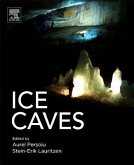Since their discovery in 1986, high-temperature superconductors (HTSC) are considered interesting physical systems as well as attractive candidates for a variety of technical applications. In both cases one of the key aspects to be understood is the mechanism of power dissipation, which depends primarily on vortex dynamics: the movement of magnetic flux lines in the superconductor when a transport current is applied.The present work studies vortex dynamics in experiments on two of the most prominent types of HTSC materials, YBa2Cu3O7 (YBCO) and Bi2Sr2CaCu2O8+d (BSCCO), in the limit of low and high current densities. Both, the applied transport current density and the dimensionality of the materials, strongly influence the dynamic response.For the low current limit in BSCCO this thesis concentrates on the influence of oxygen stoichiometry and in YBCO on a vortex glass phase, which indicates a true superconducting state with vanishing linear resistivity. In the high current limit, for the first time, a vortex instability is shown to exist in BSCCO, apparently arising from a fluid phase, while a similar phenomenon in YBCO reveals a clear correlation of the high-dissipative instability to the low-dissipative vortex glass phase.

